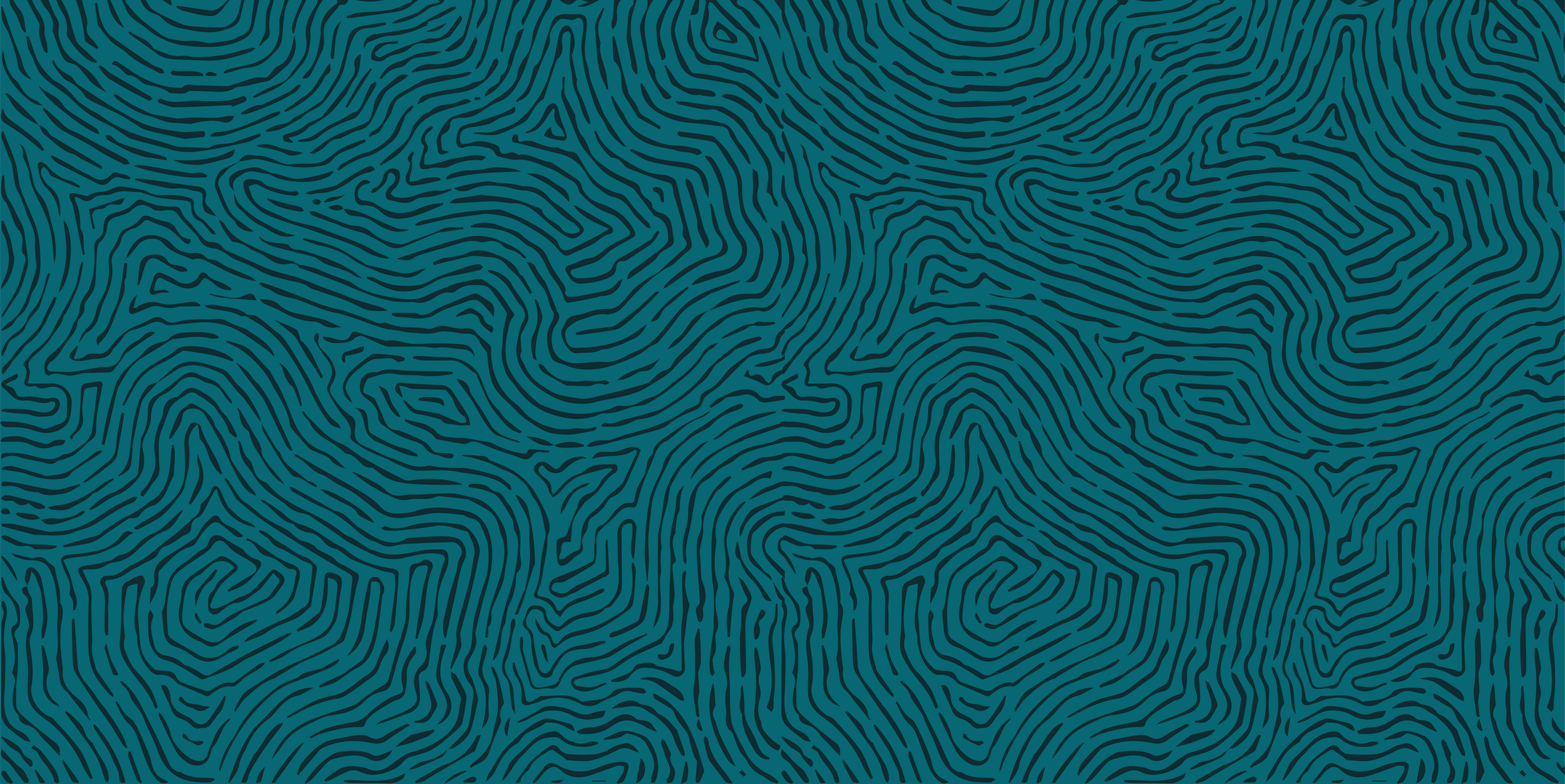
My Story
Four chapters. A lot of alliteration.
A decade of digital
It all started with an HTML textbook. Back in 2008, I was an English graduate, I was green and keen, and I’d just landed my first proper job as a Publishing Assistant. The company was climbing aboard the digital bandwagon and — as there were only four of us — I started managing the website. The training budget was £25, so I bought a book and taught myself the basics. For a digital non-native who’d hitherto only mastered Word and MSN Messenger, it was a slog. Once I got there though, I didn’t look back.
As digital marketing and ecommerce boomed, I zig-zagged my way up, working in publishing, travel and the arts. I was Head of Digital for a couple of blue-chip brands, where I managed teams and big projects with big budgets. (See my LinkedIn for the full story.) While there was a lot of it that I enjoyed, it was a long way from my first love: language. After ten years or so of this career, it was time to change tack.
Sun, sea and sociolinguistics
In 2018, I swapped the Big Smoke for the seaside. Seagulls notwithstanding, Brighton has been good to me, and it’s here that I switched into geek mode and launched into a full-time Master’s in Sociolinguistics. Don’t worry, no one else knows what that is. It’s all about the inner workings of language in real-life contexts, from political speeches to everyday conversations, journalism to advertising.
When I was casting around for a research idea for my dissertation, I happened across an article in The Guardian: ‘Gwyneth Paltrow has capitalized on vaginal shame and celebration’. Through her lifestyle brand, Goop, the actor-turned-entrepreneur was flogging weird products like ‘vagina eggs’ using dubious pseudoscience. This article was my gateway into a weird corner of the wellness industry, and I discovered that there’s a whole smorgasbord of health and beauty products for the vulva and vagina.
I spent the next few months investigating the language used to market these unnecessary and potentially harmful products to women. (It was the first Covid lockdown, there wasn’t a whole lot else to do.) What I uncovered was that these brands use some pretty insidious techniques to wangle their way into women’s relationships with their bodies. I was heartened to discover that I wasn’t the only one who found all of this completely fascinating, and my research was published in the journal of Gender and Language in 2023.
Commerce meets creativity
As a freelancer and contractor, I love getting stuck into projects that draw on my diverse experiences and stimulate my skullbox. My formative years spent chasing digital ROI have given me the commercial acumen to create realistic strategies, and the skill to collaborate with developers and designers to create content with impact. And thanks to my adventures in academia, I’m also confident in my ability to conduct in-depth research, synthesise swathes of information and communicate complex ideas.
I believe that great writing comes from clear thinking, and I help brands with both sides of that coin. I work with clients to develop or refine their content strategy, and bring it to life through my copywriting. I also provide digital consultancy services, supporting clients in improving their online presence, which often starts with a website audit.
I never forget what it felt like to be the client: juggling deadlines, budgets and the weight of brand reputation. So I strive to be the strategic partner that the old client me would have valued. I’m enthusiastic, open-minded and super-responsive. You can see some of the clients I’ve worked with — and what they’ve had to say about me — in My Work.
Crossing over into Content Design
It wasn’t until 2024 that I first heard the term ‘Content Design’. It’s a discipline that puts the user and their needs first and foremost when creating content. The more I found out about it, the more I realised I’d been doing it for years — both when I was running website development projects and in my own approach to creating digital content.
The insistence that content should be genuinely useful to its audience is irresistible to me. So I did a bit of digging and decided I wanted to underpin the content design work that I’d unknowingly been doing with some solid theory. There are several options out there; I opted for Content Design London’s course. I’ve written a little piece explaining the 3 most exciting things I learnt on the course.
Find out more about my approach to content design and view my content design portfolio.
